
Tomorrow.io just released the results from its first two radar satellites, which, thanks to machine learning, turn out to be competitive with larger, more old-school forecasting tech on Earth and in orbit.
Weather prediction is complex for a lot of reasons, but the interplay between high-powered but legacy hardware (like radar networks and older satellites) and modern software is a big one.
Space is, of course, the obvious place to invest, but weather infrastructure is prohibitively big and heavy.
Tomorrow.io’s plan is to create a new space-based radar infrastructure with a modern twist.
“We are working on providing real time precipitation data anywhere in the world, which we believe is a game changer in the field of weather forecasting,” Chowla said.
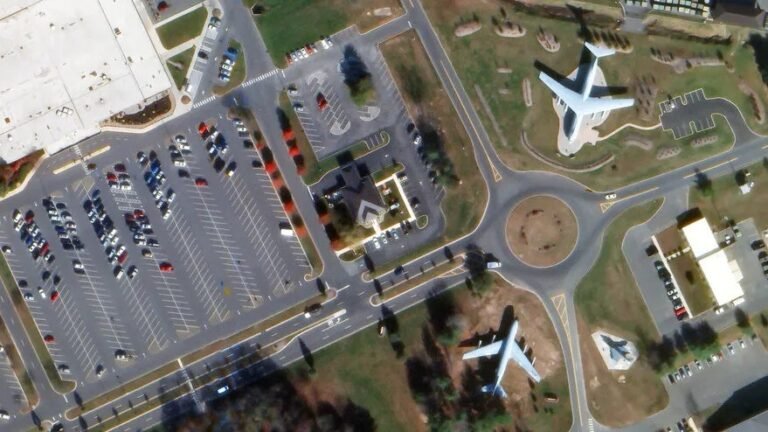
In 2019, then-President Trump tweeted a detailed image of a heavily damaged Iranian launch pad captured by a classified military satellite.
The image, which was declassified in 2022, revealed what many in the commercial Earth observation industry suspected: that U.S. defense had the ability to capture images at a staggeringly sharp 10-centimeter resolution.
In comparison, the biggest optical imagery providers today collect images at a 30-centimeter resolution, which is algorithmically improved to 15 centimeters.)
Now, the company says it has closed $35 million in Series A-1 financing, at an up round valuation.
Right now, Albedo is working toward launch of its first commercial satellite in the first half of 2025.
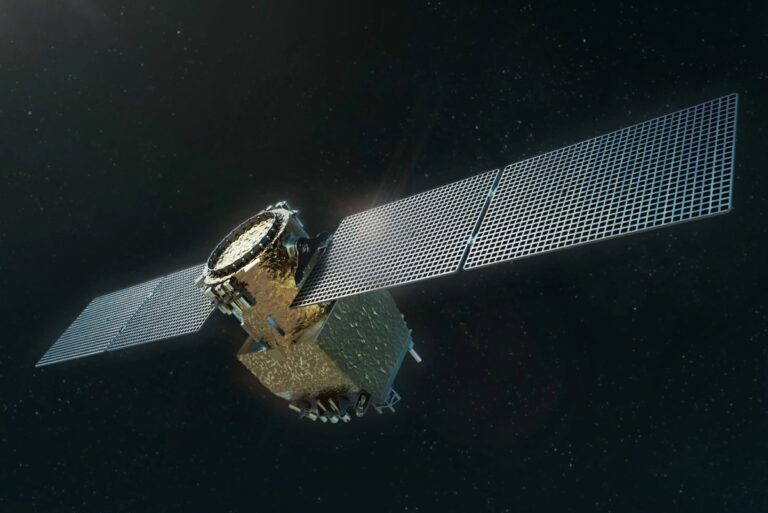
Orbital operations company Astroscale has revealed new details about its approach to refueling satellites in space, as part of a $25.5 million project exploring the concept with the Space Force.
The concept of on-orbit servicing and repair is attractive to anyone who doesn’t want to see a $100 million investment literally burn up.
Astroscale won a Space Force contract last Summer to explore the possibility in orbit, and the company just published how it plans to do so.
After refueling it, the APS-R will back off and perform an inspection of the client satellite, looking for any fuel leaks or other issues its operators might want to check.
No doubt we’ll hear more about this and other space sustainability projects well before then.

The Space Development Agency is the mystery customer behind Rocket Lab’s up-to $515 million, 18-satellite order announced in late December, the two firms announced today.
In a regulatory filing from December 21, Rocket Lab said it would “design, manufacture, deliver and operate 18 space vehicles” for an unnamed U.S. government customer.
Under the contract, Rocket Lab will deliver and operate a prototype constellation in two orbital planes of nine satellites each.
Rocket Lab will not be providing the communications payload, and company executives declined to name that provider during a press release Monday.
“We welcome Rocket Lab as the newest member of Team SDA and our third performer on the T2TL- Beta program,” said Derek Tournear, SDA director.

Satellite imagery and machine learning offer a new, far more detailed look at the maritime industry, specifically the number and activities of fishing and transport ships at sea.
Satellite imagery offers a new perspective on this conundrum: you can’t hide from an eye in the sky.
The dark fishing industry is huge — perhaps as big again as the publicly documented one.
“Fish are an important dynamic resource that move around, so openly tracking fishing vessels is fundamental for monitoring fish stocks.
The global community only hears second-hand, and one of the study’s findings was that the Asian fishing industry is systematically under-represented.
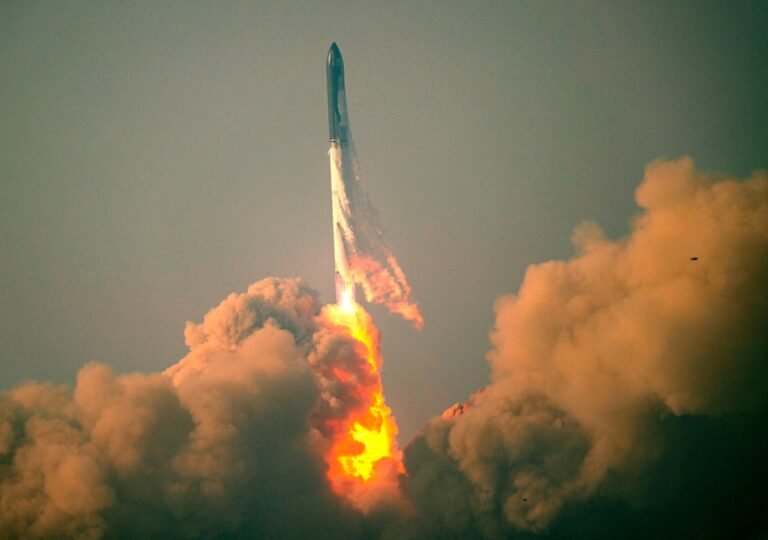
This year was tough for many space companies, and we aren’t trying to paper that over with our optimism.
Advanced satellite operations demonstrationsIn the broadest possible terms, a huge portion of space startups are interested in increasing the number of things a satellite can do in space.
Another hot area of satellite operations involves in-space manufacturing and satellite reentry.
Next year, we expect to see more demonstrations from startups looking to execute state-of-the-art satellite operations.
2024 should be chock full of exciting tests and new developments from other companies looking to take their slice of the launch market.
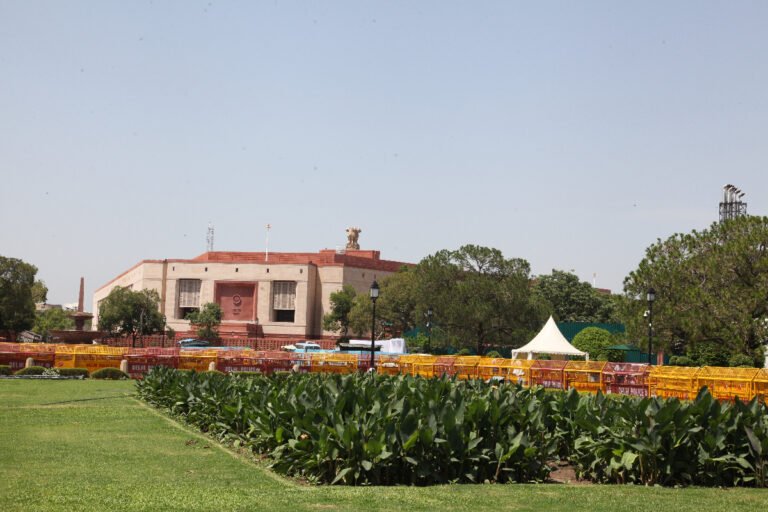
The bill also mandates biometric verification for subscribers and restricts the number of SIM cards each subscriber uses to limit fraud.
The legacy of the old scammers in the telecom sector will be left behind, and arrangements will be made through this bill to make the telecom sector a sunrise sector,” Ashwini Vaishnaw, the Indian telecom minister, said while introducing the bill in the parliament.
Interestingly, the telecom bill excludes the term “OTT,” available in its initial draft last year, indicating regulations for over-the-top (OTT) messaging apps such as WhatsApp, Signal, and Telegram.
“The bill is regressive as it enhances the government’s colonial-era powers to intercept communications and shut down the internet.
It undermines end-to-end encryption, which is crucial for privacy,” said Namrata Maheshwari, Asia Pacific Policy Counsel at Access Now, in a prepared statement.

Hello and welcome back to Max Q!
This demonstration mission may prove to be a case study in the difficulties of putting hardware on orbit for the first time.
In the blog post, the company dives into the problems it encountered — some even before the mission launched.
Max Q is brought to you by me, Aria Alamalhodaei.
If you enjoy reading Max Q, consider forwarding it to a friend.
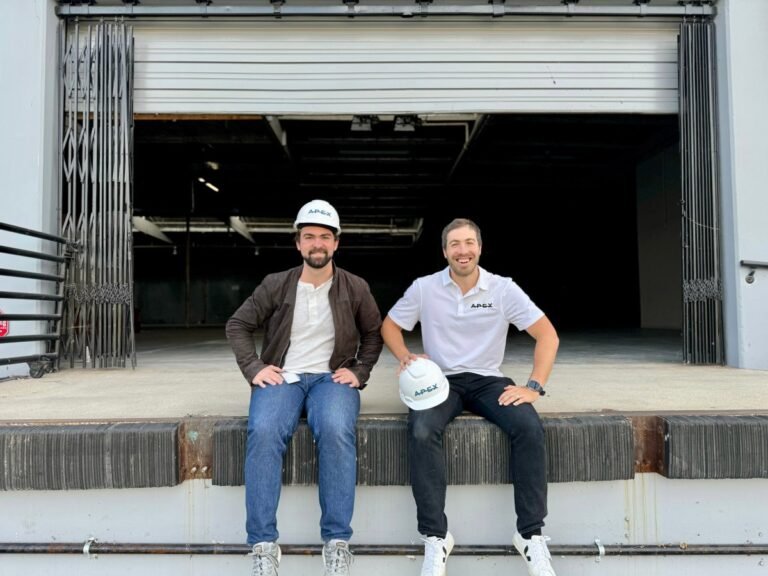
When Apex Space emerged from stealth last October, the company had a provocative goal: remove the “new bottleneck” hitting the space industry by manufacturing satellite buses at scale.
To get there, Apex announced today that it has opened a new headquarters and production facility in California that will eventually scale up to manufacture 50 satellite platforms annually.
Apex wants to disrupt one of the more entrenched parts of the space industry.
In general, satellite buses have been built to order at a very high cost and with very long lead times.
Apex is planning on flying its first Aries on SpaceX’s Transporter-10 ride-share mission scheduled for the first quarter of next year.

Amazon’s Project Kuiper successfully validated key technology that will increase throughput and reduce latency for customers using its satellite internet service, the company said Thursday.
That technology is called “optical inter-satellite links” (OISL), a type of optical communication that uses infrared lasers to send data between spacecraft on orbit.
OISL has been around for a while to enable inter-satellite communications, but earlier generations were limited to linking just two satellites at a time.
Kuiper’s satellites will be able to connect with many other spacecraft simultaneously, which will form a mesh network in space.
“With optical inter-satellite links across our satellite constellation, Project Kuiper will effectively operate as a mesh network in space,” Kuiper VP of technology Rajeev Badyal said in a statement.













